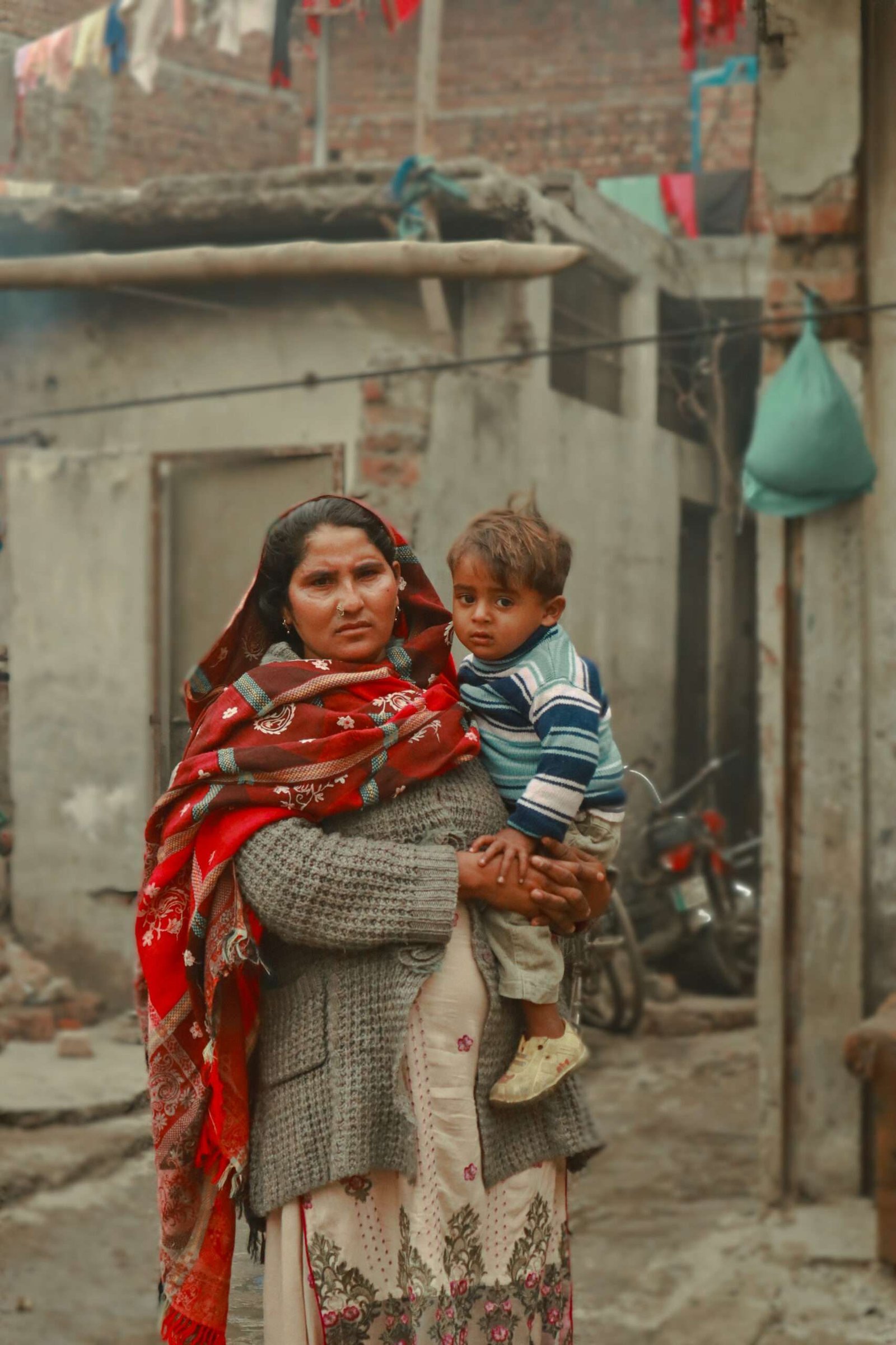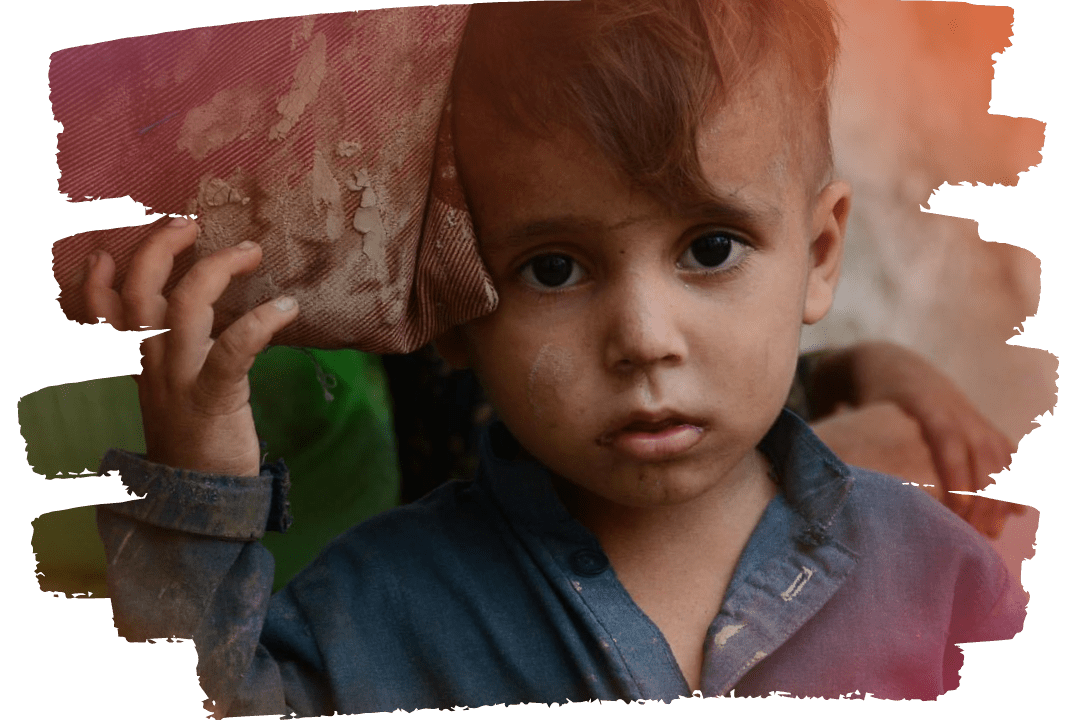
Hajj Guide 2024
What is Hajj?
Every year, millions of Muslims gather in Makkah to perform the religious pilgrimage. It is an obligation for every Muslim to perform Hajj once in their lifetime, if they are financially stable. It is a test of the Muslims patience, steadfastness, and level of spirituality.
Hajj 2024
It starts on the 8th of Dhul Hijjah every year and lasts for 5 days. This year, Hajj will be between June 14th and June 18th, respectively, depending on the sighting of the moon.
Steps of Hajj
The complete Hajj Guide 2024 journey comprises 18 steps, as follows:
- Preparation and intention of Hajj
- Enter the state of Ihram (wearing Ihram).
- Tawaf (7 times)
- Safa and Marwa
- Clip or shave hair (Umrah ends)
- Resting and praying
- Enter the state of Ihram.
- Arrive at Mina.
- Day of ‘Arafah
- Muzdalifah (spending the night under the open sky)
- Stoning of the devil
- Qurbani
- Shave Head
- Tawaf al-Ifadha
- Stoning of the devil
- Spend the night at Mina.
- Stoning of the devil)
- Farewell (Tawaf al-Wida)
8th Dhul Hijjah: Day 1
Preparation and intention of Hajj and entering the state of Ihram
Before entering the boundaries of Makkah, called Miqat, you first have to have the pure intention of doing Hajj and then entering the state of Ihram. Ihram is different for both men and women. For men, it consists of two loose pieces of white clothing without stitches. Only one of the two shoulders should be covered; the other one must be uncovered. For women, loose-fitting clothes are necessary, along with a headscarf.
- After that, the pilgrims will perform Tawaf, the anticlockwise circling of the Holy Kaaba, seven times.
- The next step is to perform Sai, which means running between the hills of Saffa and Marwah seven times.
- The next step is to move to Mina (a city outside Makkah made of tents) either by foot or by taking a bus. The pilgrims have to spend the whole day in Mina before moving out the next day.

9th Dhul Hijjah: Day 2
Day of Arafah
- The next day, pilgrims will move from Mina to Arafah, which is a mountain. It is one of the most important days of Hajj. The pilgrims will spend the whole day from noon to sunset standing before Allah, called wuquf. Thus, this is the same place where Hazrat Muhammad (PBUH) delivered his last sermon.
- Moving to Muzdalifah. In the evening, the pilgrims will again start the journey and move to Muzdalifah, where they will spend the night under the open sky.
10th Dhul Hijjah: Day 3
Eid Ul Adha
On the next day before dawn, the Muslims leave Muzdalifah and again go to Mina to throw the pebbles at the largest of three columns called Jamarat al Aqaba, which is the stoning of the devil. This spot holds significant importance. It is believed that in this place, the devil appeared to scare Hazrat Ibrahim (AS) when he was going to sacrifice his beloved son Ismail (AS) on the commandment of Allah (SWT). In an effort to scare off the devil, threw pebbles at him.
On the same day, Muslims have to offer a sacrifice in the name of Allah (SWT) called nahr. In remembrance of Hazrat Ibrahim’s (AS) sacrifice, Muslims all over the world are celebrating Eid Ul Adha today.

11th and 12th Dhul Hijjah: Days 4 and 5
The act of throwing the stones, called rami, continues for two days. There are three pillars on which the rami is performed: Jamarat al-Ula (the small pillar), Jamarat al-Wusta (the middle pillar), and Jamarat al-Aqaba (the large pillar). Start by throwing off the seven pebbles from the smaller pillar, then the middle pillar, and finally the larger pillar (seven pebbles on each).
After rami (throwing of stones), the pilgrims will shave their heads. Men can either completely shave off their heads, called halq, or trim their hair, called taqsir. Women can trim their hair up to the length of their fingertip.
The farewell tawaf is called Tawaf al Wida, which is the final tawaf before saying goodbye to the Holy Place. After that, the pilgrims can remove the Ihram and move back to Mina, which marks the completion of Hajj.
When a person, on whom Hajj becomes compulsory, completes the Hajj properly, his or her sins are forgiven, as if he or she is a newly born person. (Hadith)
